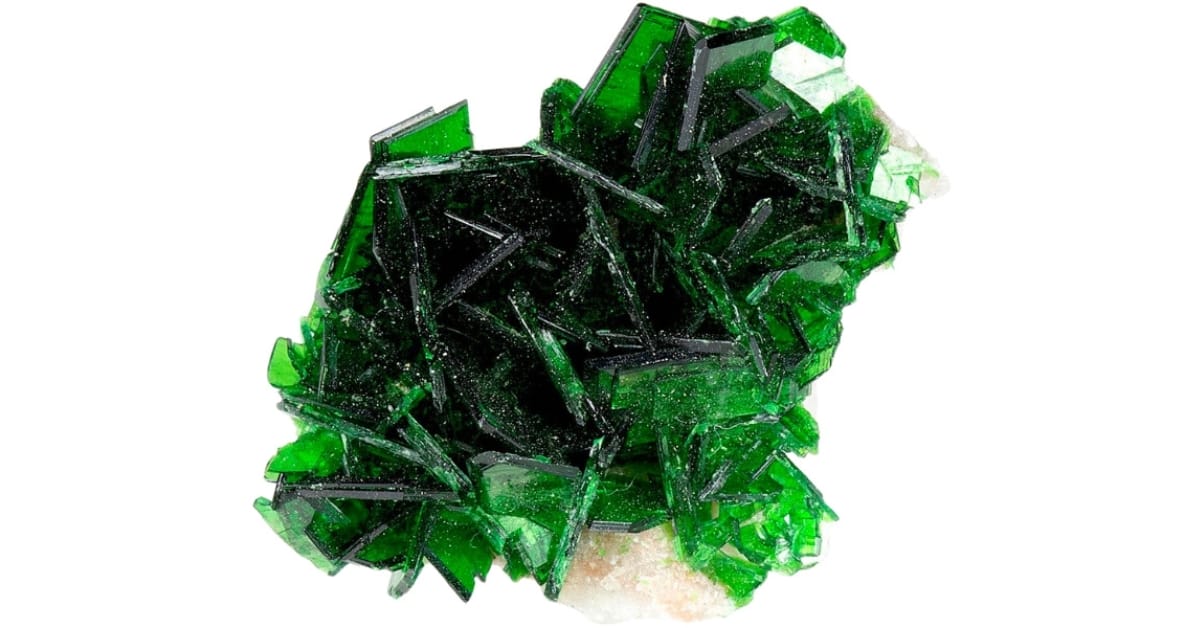While many crystals are attractively beautiful, some of them can be dangerous. They might look inviting and harmless at first, but certain crystals carry risks that can be harmful to us. They can pose dangers that are not always visible to the naked eye.
Knowing about them can help keep you safe so in this article, we’ll discuss the most dangerous crystals you should beware of. Let’s explore this intriguing topic together and learn more about these deceptive beauties!
The Dangerous Crystals To Avoid
Because of their beauty, crystals might sparkle and catch your eye, but it’s super important to know which ones to stay away from for your safety. Let’s find out the dazzling, yet most dangerous crystals to avoid.
Cinnabar
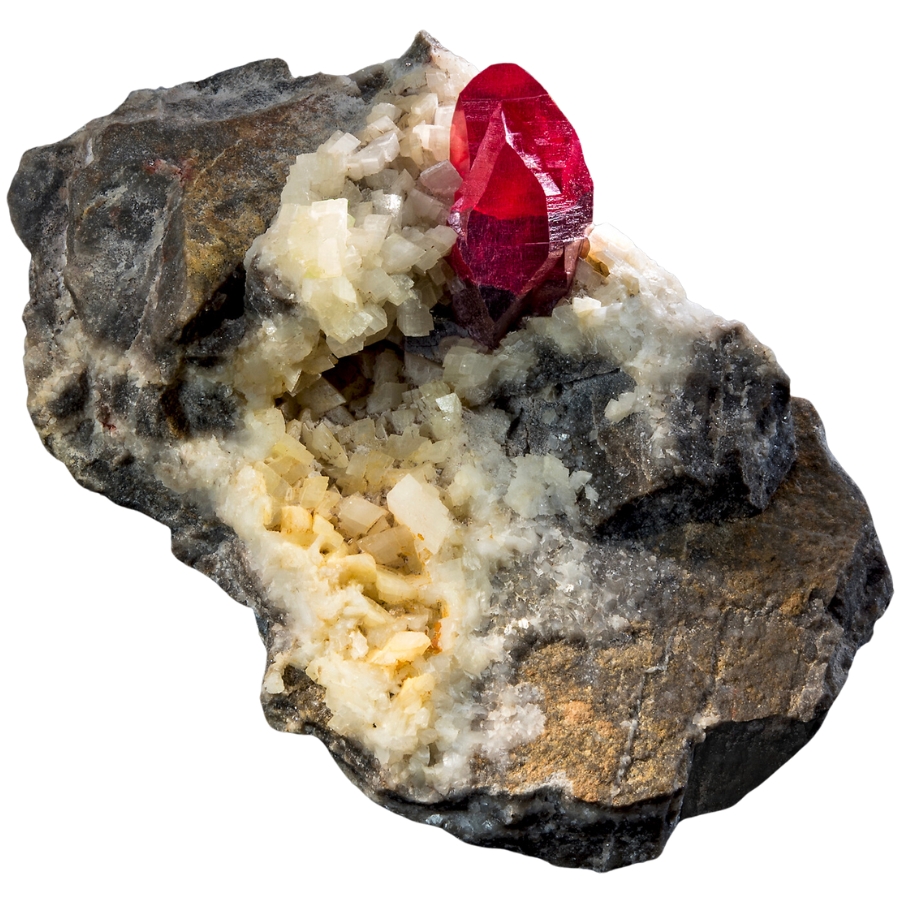
Cinnabar is a bright red crystal that has mercury in it, which is toxic. Touching it is generally safe, but you’ve got to be careful not to breathe in any dust or swallow any pieces of it.
Remember to handle this crystal with care as mercury can be harmful. When identifying cinnabar, one neat trick is to use a strong light and a magnifying glass.
Its deep red color and its shiny, almost gem-like appearance make it stand out. Plus, it’s been used for thousands of years to make bright red paint.
Asbestos

Asbestos is a tricky mineral because it looks harmless but can actually be really dangerous. It’s made of tiny fibers that can float in the air. When these fibers are breathed in, they can cause serious lung problems.
It’s not toxic to touch asbestos, but breaking it apart or drilling into it releases those harmful fibers. So, it’s important to be careful and not disturb it.
It was once used a lot in buildings for insulation because it’s good at resisting heat and fire. But now, we know it’s safer to use other materials instead.
Galena
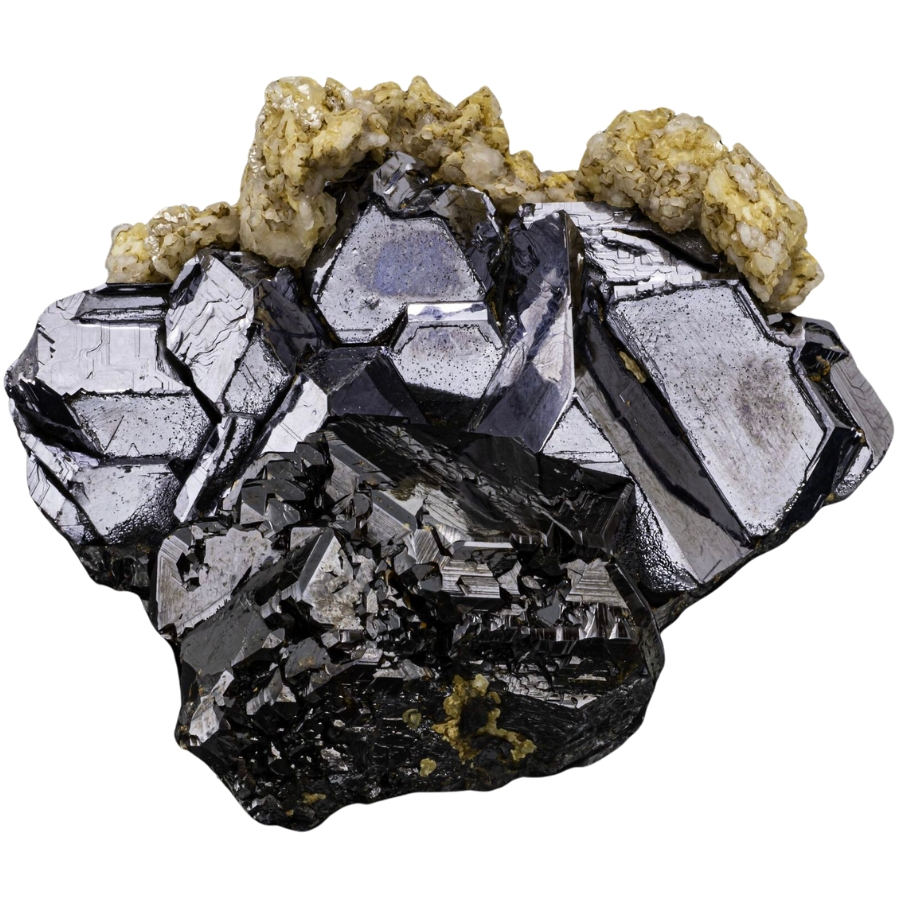
Galena is a shiny, metallic-looking crystal that’s the main source of lead.
Since ancient times, it’s been used to make things like kohl, which is a type of makeup. People used to grind it up to create a dark powder for their eyes.
While it’s okay to touch galena, you have to be careful because lead is toxic. It’s especially risky if you breathe in dust from galena or if you swallow any of it. So, handling it with care is important.
Torbernite
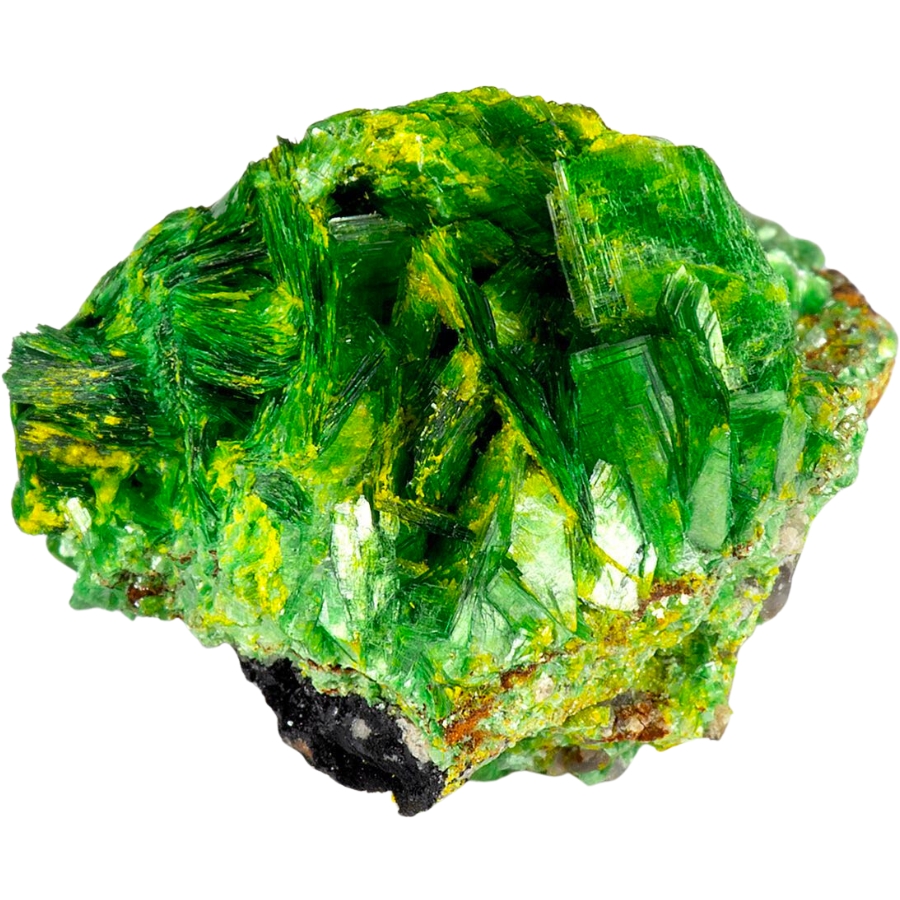
Torbernite has a deep green color, but it’s got a hidden danger: it’s radioactive. This means it gives off energy that can be harmful.
It’s mostly safe to touch torbernite with your hands, but you shouldn’t keep it close to you for a long time. The real risk is if you breathe in dust from it or swallow pieces, so it’s best to handle it carefully.
Despite this, it has an interesting trait: it can glow under ultraviolet light! That’s because of its unique chemical makeup.
Orpiment
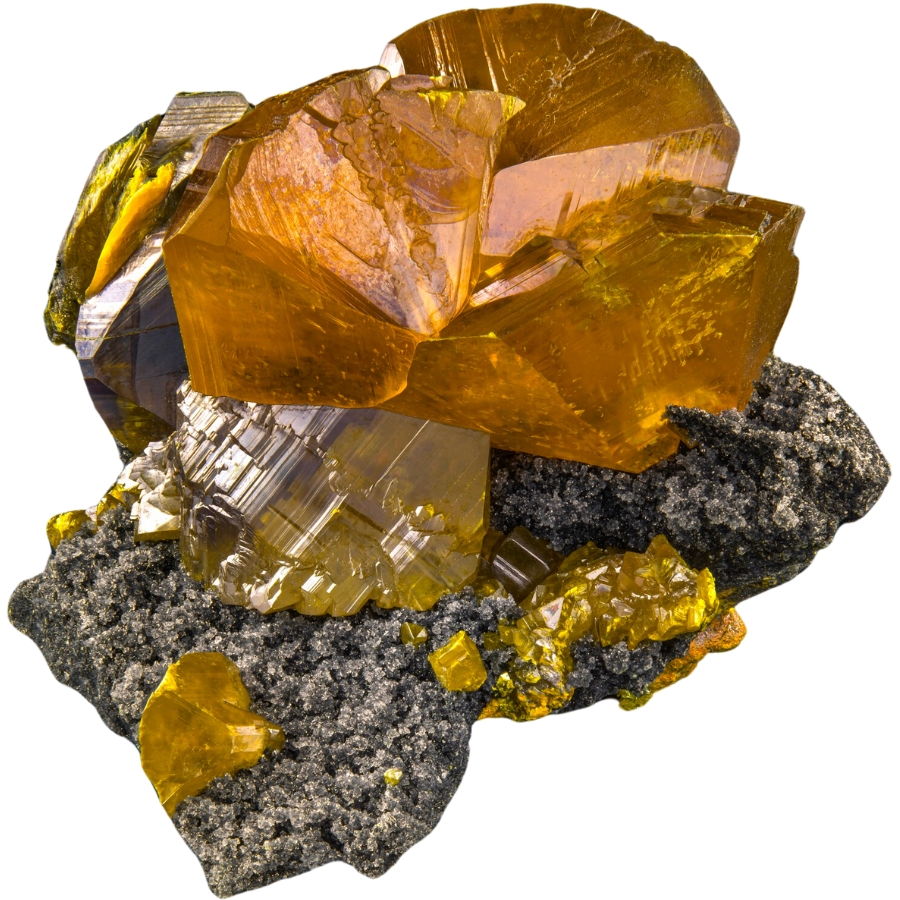
Orpiment comes with a bright yellow to orange color, and it’s really eye-catching. But here’s the thing: it contains arsenic, which is seriously toxic.
You can touch orpiment safely, but it’s important not to breathe in any dust from it or eat any part of it. That’s when it becomes dangerous because arsenic can hurt your body.
A cool fact about orpiment is that it was used a long time ago as a pigment for paint. People loved its vibrant color for making art.
Stibnite
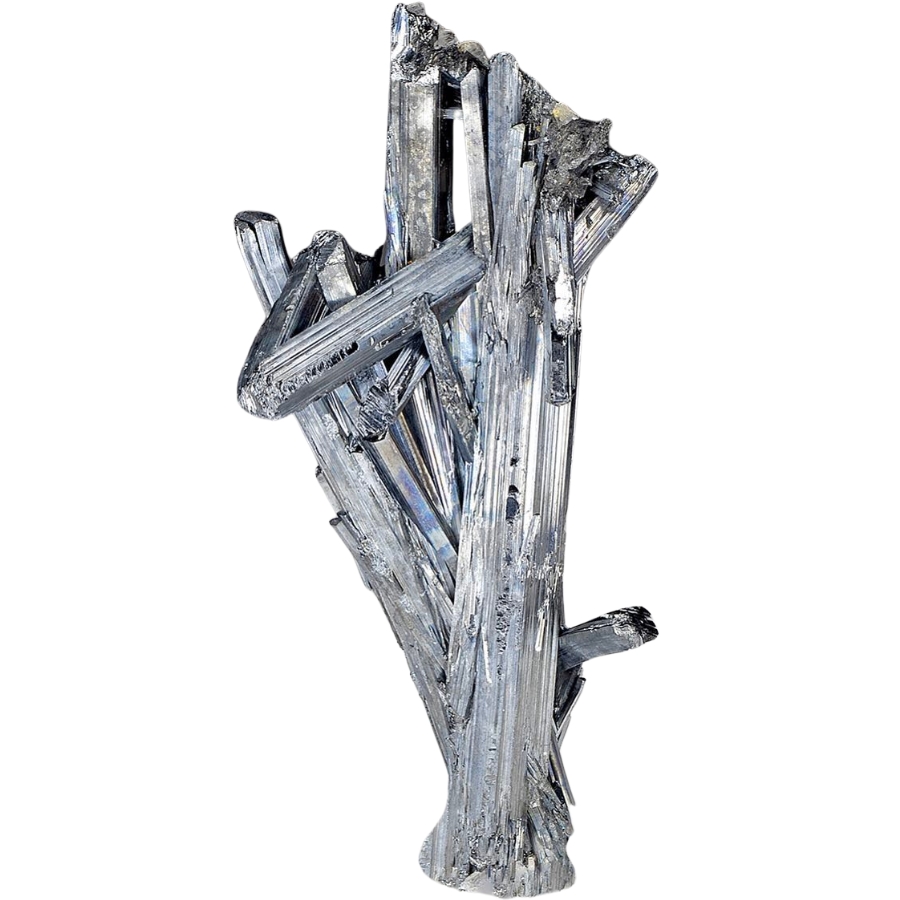
Stibnite is a crystal that looks like shiny metallic swords. But it’s got a catch: it contains antimony, which can be toxic.
Touching stibnite is usually okay, but you’ve got to watch out for breathing in any dust or swallowing pieces of it. That’s when it can be harmful to your health.
Amazingly, did you know that stibnite was used in ancient times to make kohl, the dark eyeliner you might see in old pictures? People ground it into a powder for makeup.
Chalcanthite
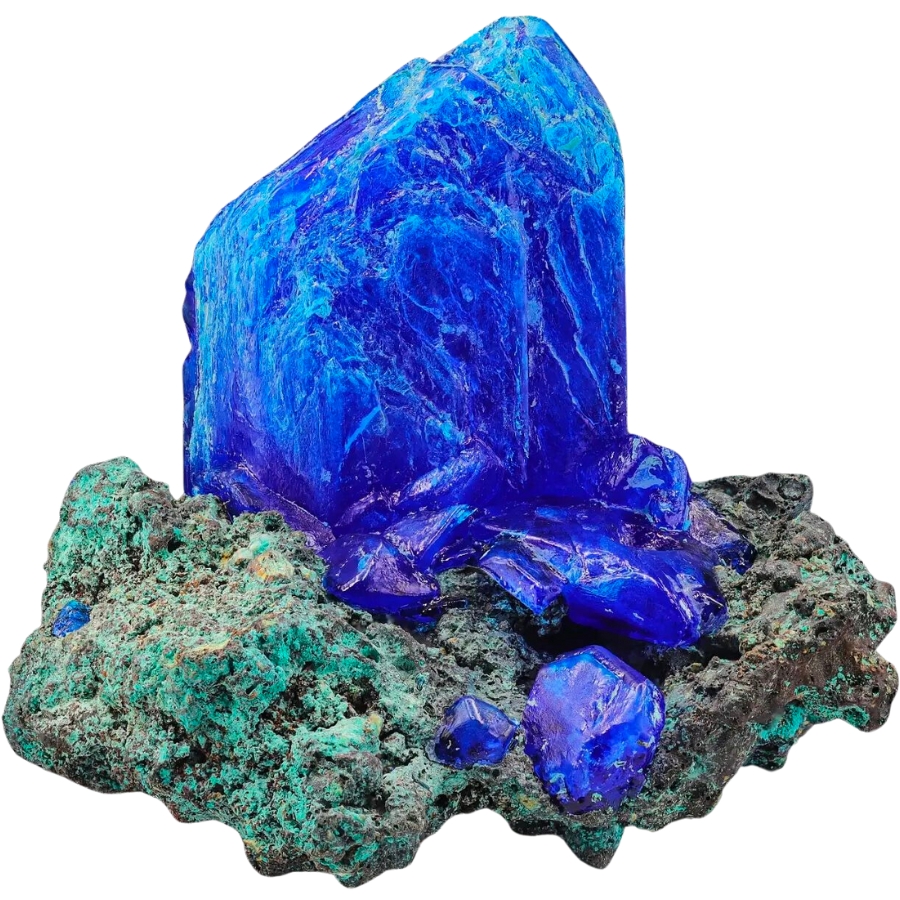
Chalcanthite has a stunning blue color that catches your eye. However, it’s important to know that it’s made of copper sulfate, which can be toxic.
It’s safe to touch chalcanthite, but you shouldn’t eat it or breathe in any dust from it. That’s when it becomes risky because copper sulfate can harm your body.
Interestingly, chalcanthite grows like plants! Under the right conditions, its crystals can form and expand, which is pretty amazing to see.
Arsenopyrite
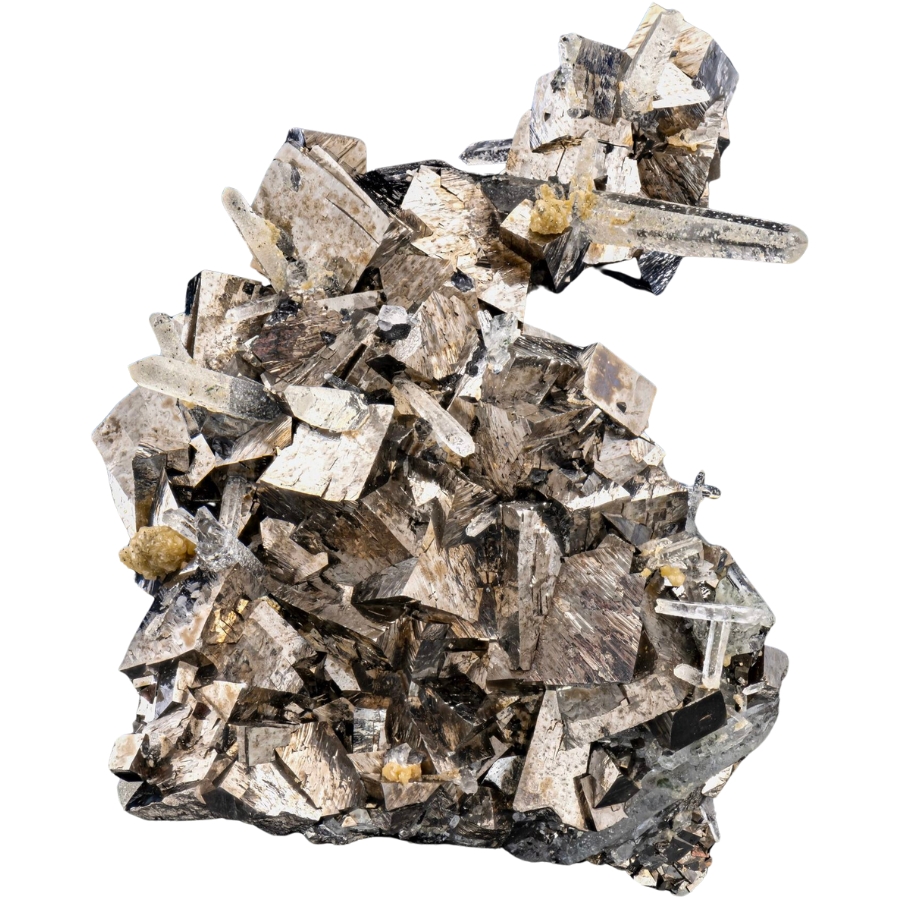
Arsenopyrite might not look super flashy, but it’s got a secret: it contains arsenic. Touching this crystal is usually okay, but if you crush it or heat it, it can release arsenic into the air.
Breathing in this arsenic dust or swallowing any bits of arsenopyrite can be really harmful. It’s always best to be careful with this mineral.
What’s more is that when arsenopyrite is struck against another hard object, it can spark! It’s like nature’s own sparkler, showing off a little bit of firework action.
Fluorite
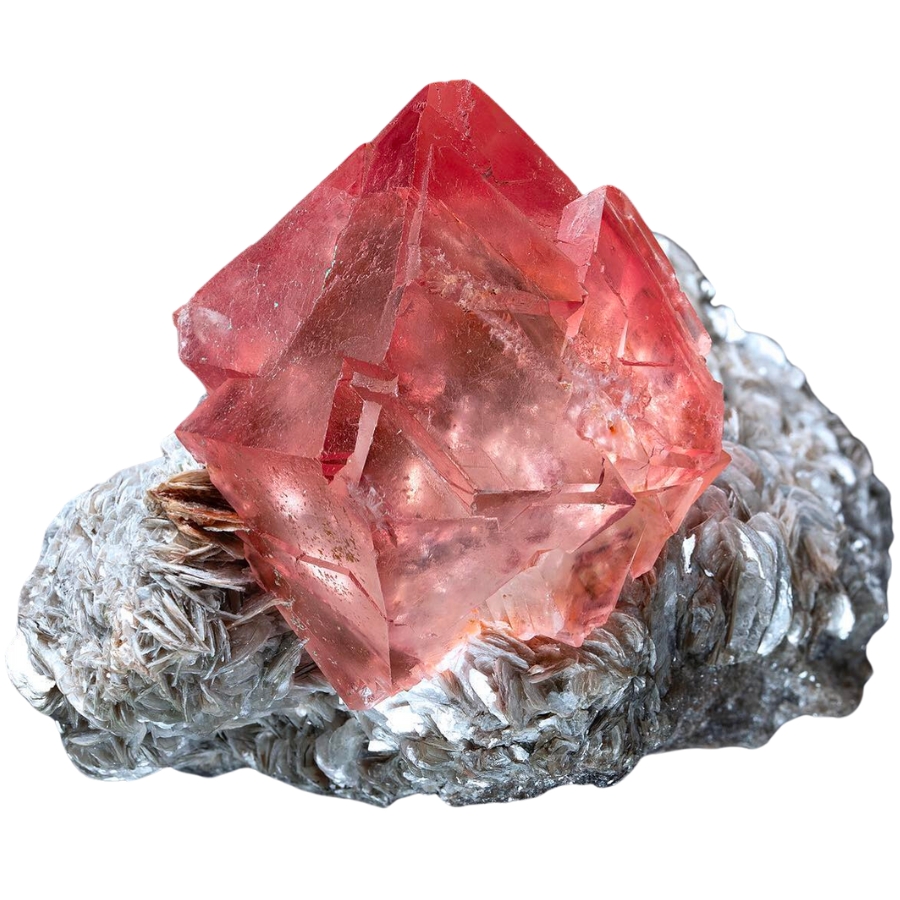
Fluorite comes in a bunch of different colors. It can glow under ultraviolet light, a feature called fluorescence. This adds a layer of interest, pushing up fluorite’s price.
This common crystal is mostly safe to handle and touch. The thing to watch out for is breathing in any dust from it, especially if it’s being cut or ground down.
That’s because fluorite can release harmful chemicals in the dust. It’s also not a good idea to eat any part of this crystal.
Lapis Lazuli
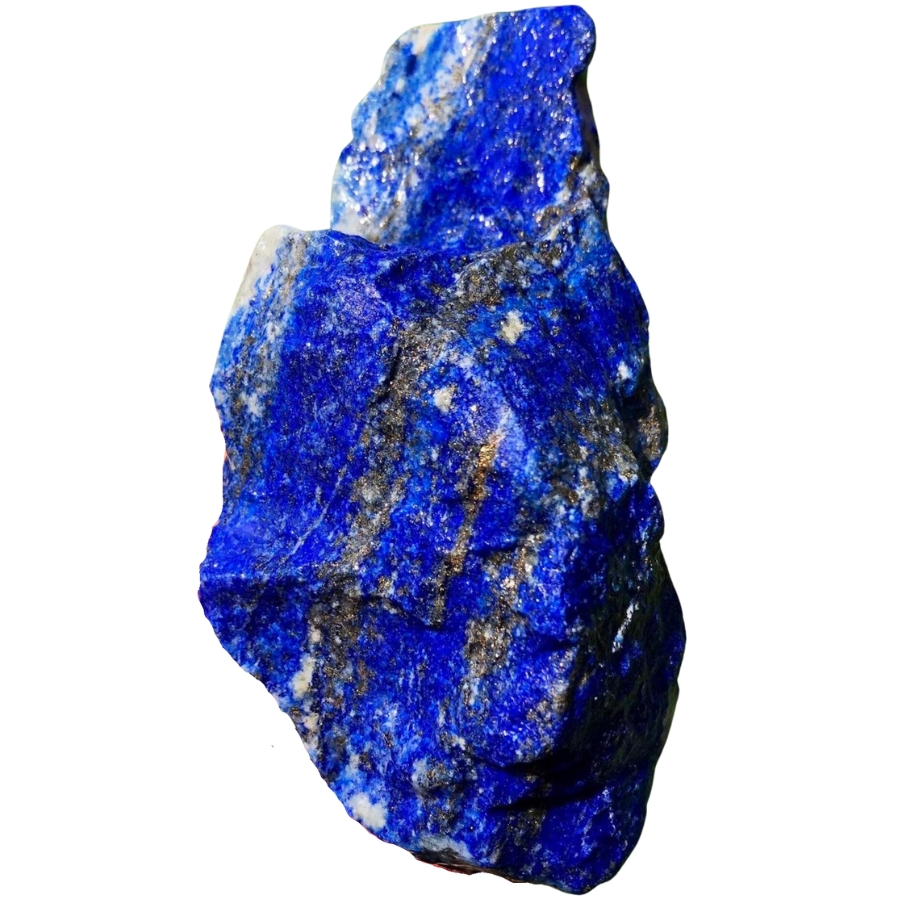
Lapis lazuli is a beautiful deep blue stone that’s been loved for ages. It’s totally safe to touch and hold it.
The only time it might be risky is if you breathe in dust from it, like if it’s being cut or ground into powder. This is because lapis lazuli can contain tiny amounts of harmful minerals.
This crystal was used to create a famous blue paint called ultramarine. Artists long ago loved this paint for its rich color. This color is also one of the features that makes it easy to identify lapis lazuli.
Hutchinsonite
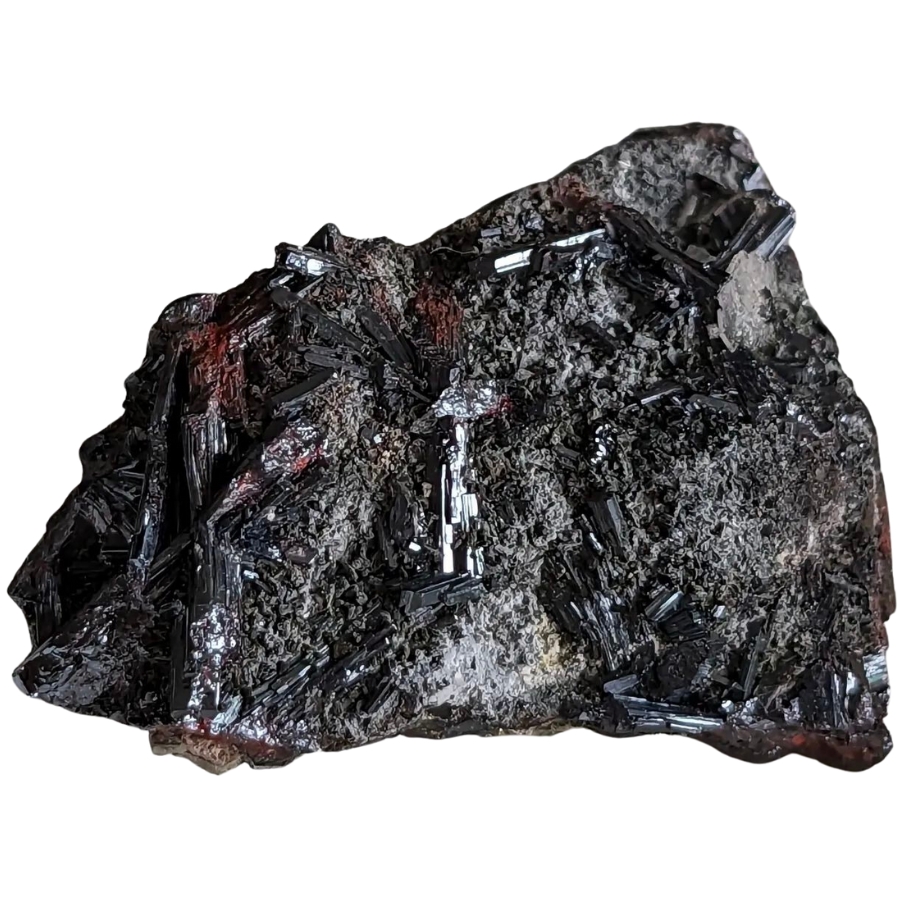
Hutchinsonite is a rare crystal that can be dangerous because it contains thallium, arsenic, and lead.
Touching it is generally okay, but you have to be really careful not to breathe in any dust from it or swallow any bits. These elements can be seriously harmful if they get inside your body.
This crystal is named after a scientist, Arthur Hutchinson, who was a big deal in the world of minerals.
Malachite
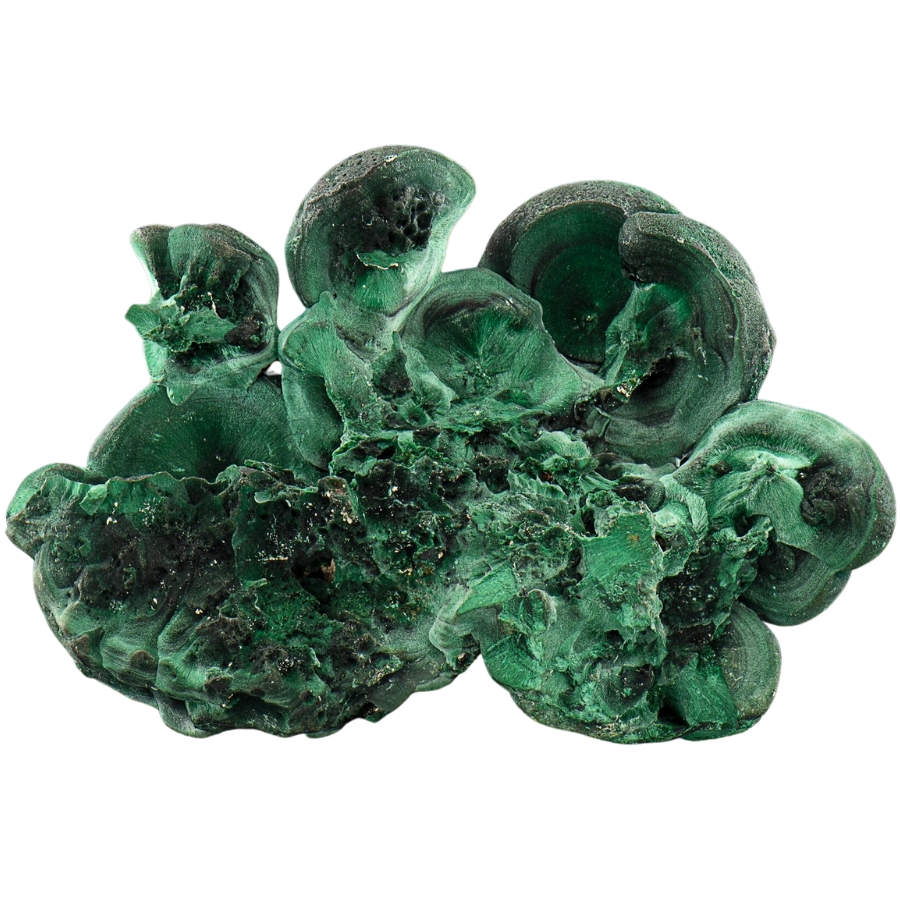
Malachite is a gorgeous green crystal that’s pretty popular. It’s safe to touch, but here’s the catch: it contains copper, which can be toxic.
You’ve got to be extra careful not to breathe in any dust from malachite, especially if you’re cutting or grinding it. Also, don’t eat it! That’s when the copper can be harmful.
It has been used since ancient times to make green paint, adding to malachite’s value. It’s well-loved and appreciated for its vibrant color that’s great for paintings.
Coloradoite
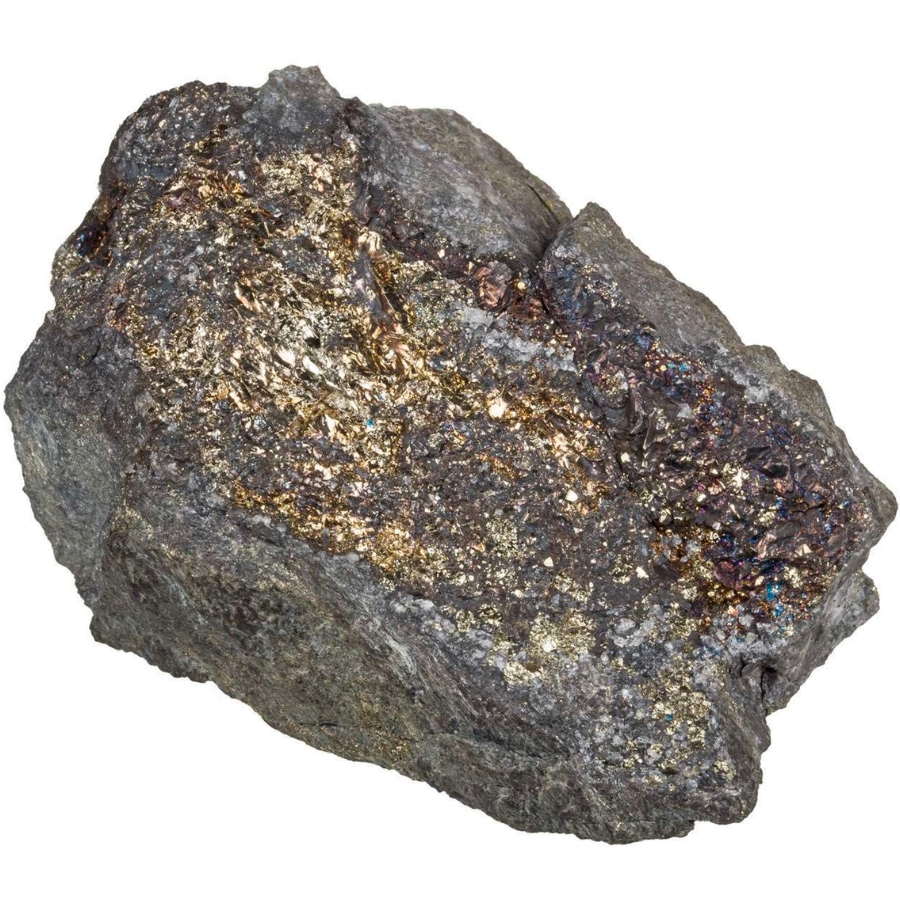
Coloradoite may be an interesting crystal, but it also has a risky side. It contains mercury and tellurium, which can be toxic.
Generally, it’s safe to touch coloradoite, but you’ve got to be careful not to breathe in any dust or eat any parts of it. That’s when it becomes dangerous, as mercury and tellurium can really harm your health.
Coloradoite is actually named after the U.S. state of Colorado, where it was found.
Actinolite
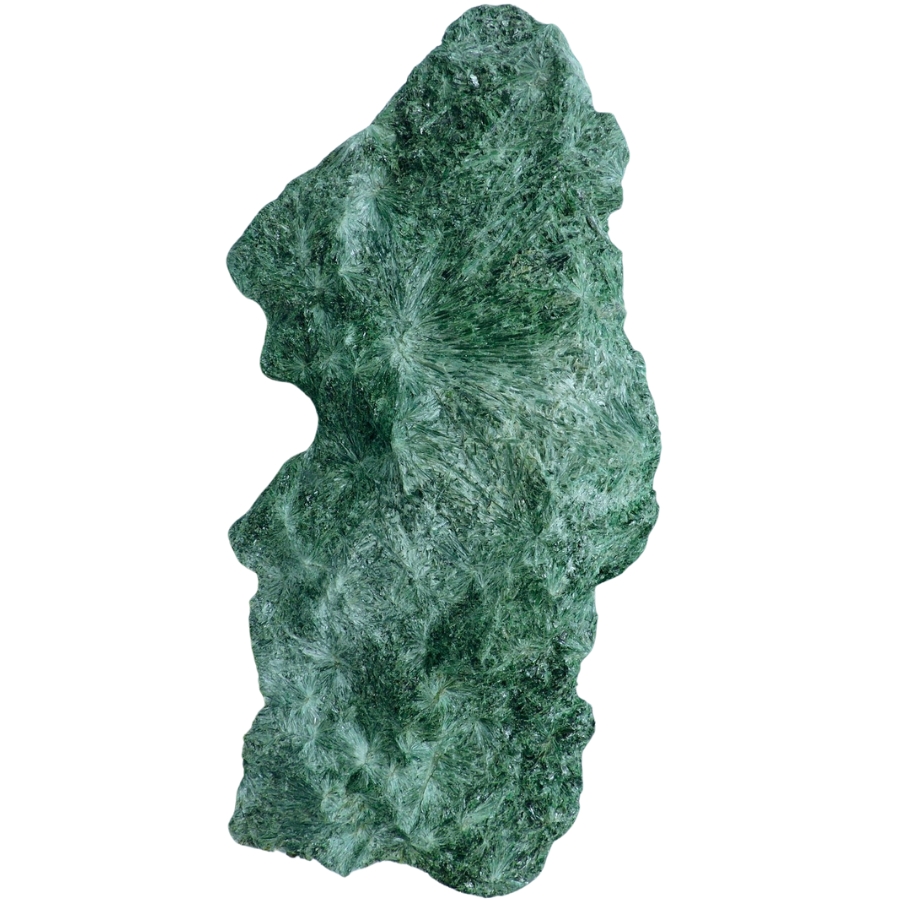
Actinolite can be green or grayish. It’s been used in some fire-resistant materials.
But here’s something important to know: it belongs to the asbestos family, which can be pretty dangerous.
Touching actinolite is usually okay, but the problem comes when it’s broken or crushed. That releases tiny fibers into the air, and breathing them in can be bad for your lungs. So, it’s super important to be cautious around this mineral.
Quartz
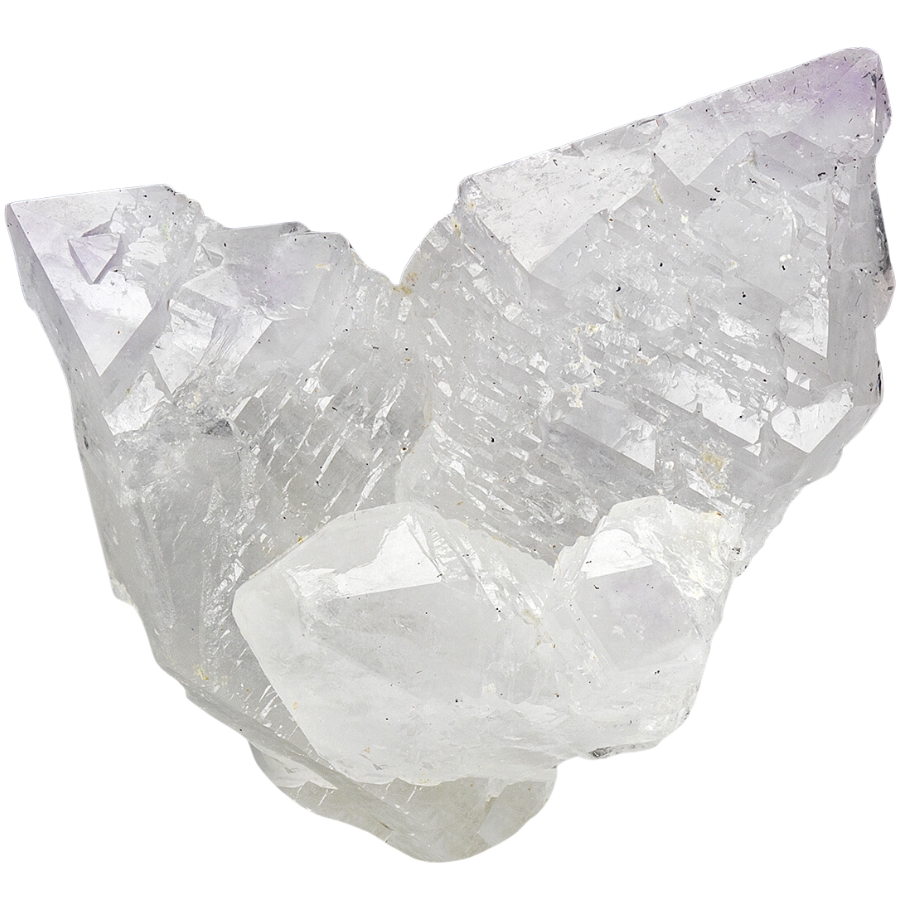
Quartz comes in many different colors. But did you know it can be toxic? It’s not dangerous to touch, so don’t worry about holding it.
The risk comes when quartz is crushed or cut, releasing tiny particles into the air. Breathing in these particles can harm your lungs, so it’s super important to wear a mask if you’re working with it in this way.
Despite this, this crystal is used in watches as it helps keep time ticking by turning electric vibrations into regular beats. This surely adds to quartz’s value.
Chrysotile
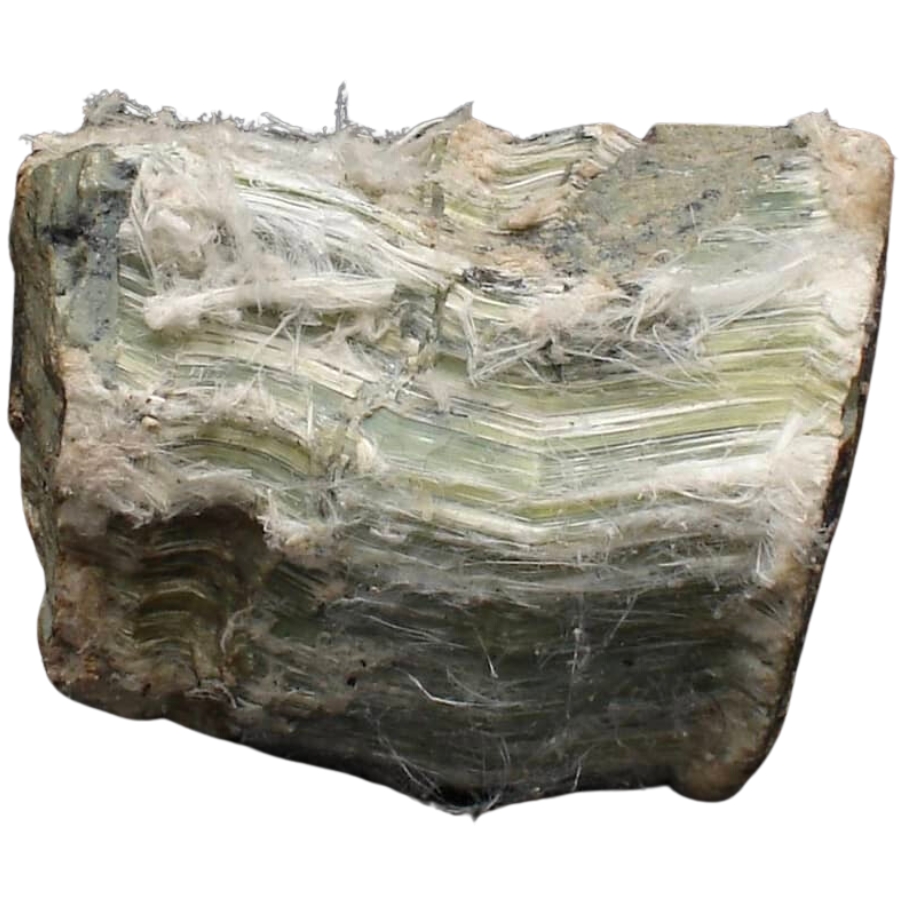
Chrysotile, also known as white asbestos, is a type of mineral that has been used in a lot of building materials for its strength and heat resistance.
But it’s got a hidden danger. It’s safe to touch, but if it’s broken up, tiny fibers can get into the air.
Breathing in these fibers is what’s really risky because they can cause serious lung problems. That’s why it’s important to be careful and not mess with chrysotile if you find it.
Cobaltocalcite
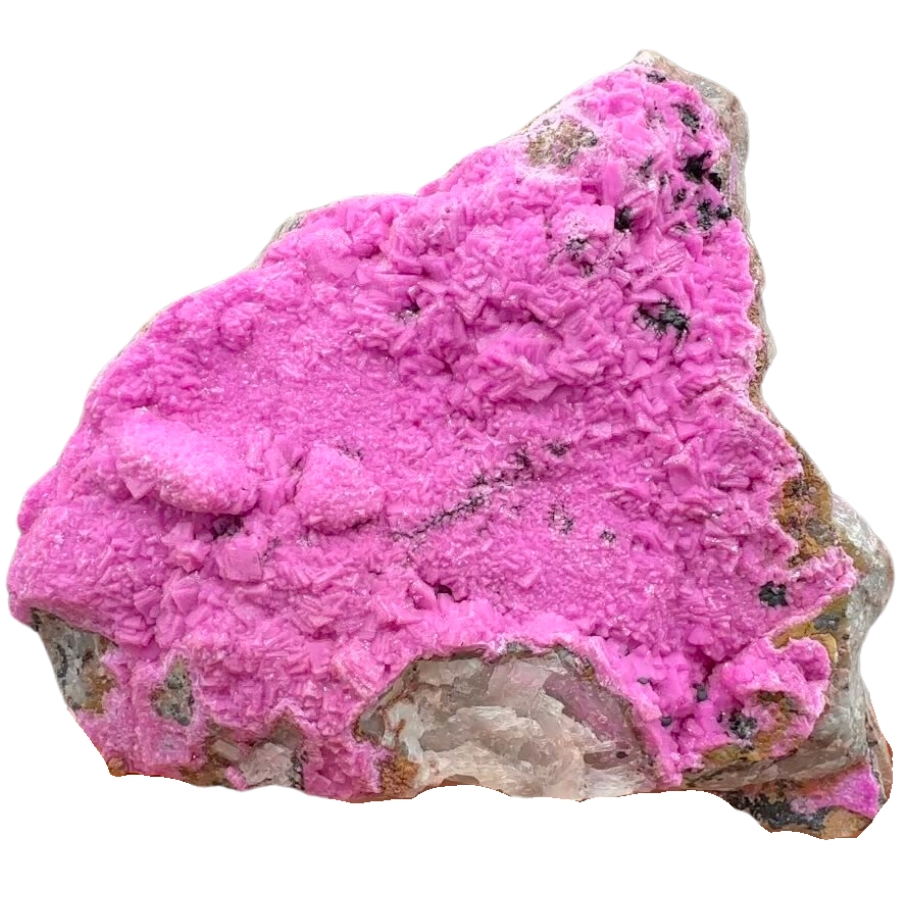
Cobaltocalcite is known for its pretty pink color, thanks to the cobalt in it. While it’s usually safe to touch, you’ve got to be careful about breathing in any dust from it or swallowing any pieces.
That’s when the cobalt can be harmful, as it’s not good for your body in large amounts. It’s all about being cautious with how you handle it.
Here’s a fun fact: cobaltocalcite can sometimes glow under ultraviolet light! This cool feature adds a bit of magic to the crystal.
Pyrite

Pyrite, also known as fool’s gold, is super cool because of its shiny, gold-like appearance. It’s safe to touch, but you’ve got to be careful with it.
If pyrite is crushed or heated, it can release sulfuric acid, which is harmful to breathe in or touch. So, always handle it gently to avoid any risks.
When it comes to identifying pyrite, one neat trick is to look at its shape. It often forms in perfect cubes or pyritohedrons, which are unique and different from real gold. Plus, it’s harder than gold, so it can scratch glass.
Crocidolite
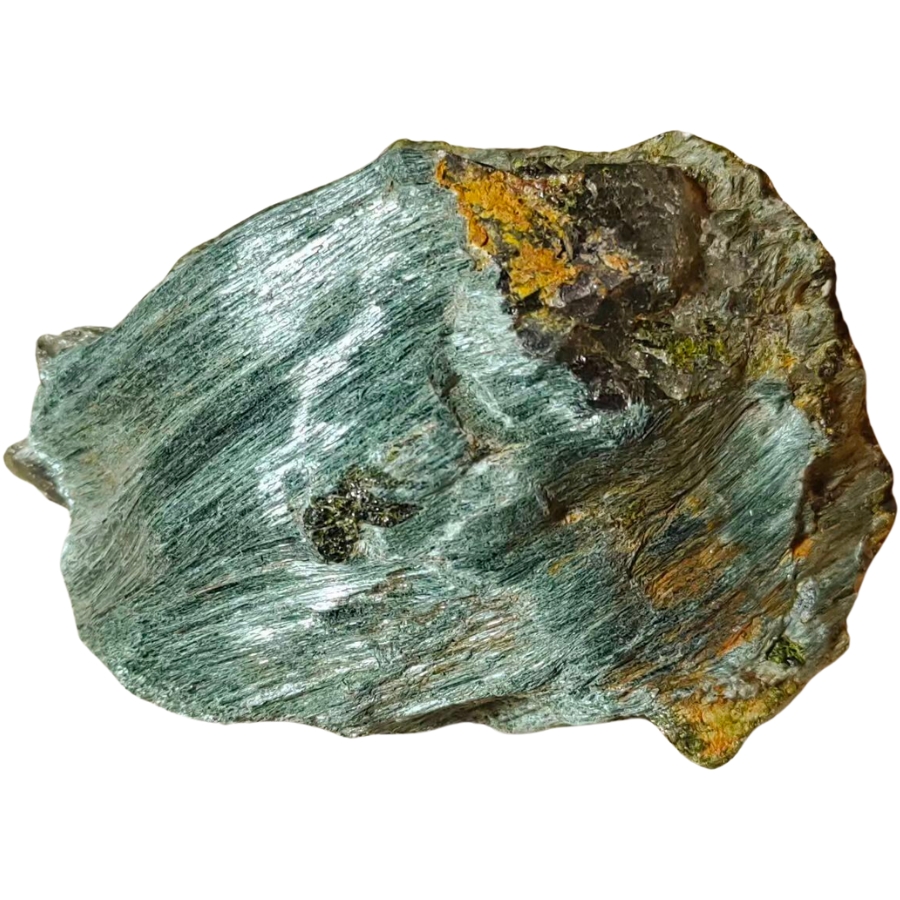
Often called blue asbestos, crocidolite looks neat but can be pretty dangerous. It’s safe to touch, but if it breaks or gets crushed, it releases tiny fibers into the air.
Breathing in these fibers is the risky part, as they can cause serious lung problems. It’s super crucial to be careful around this mineral and not disturb it.
Despite this, crocidolite was once used to make fire-resistant materials because of its strong fibers. It’s fascinating how a mineral can be both useful and hazardous, depending on how it’s handled and used.
Erionite
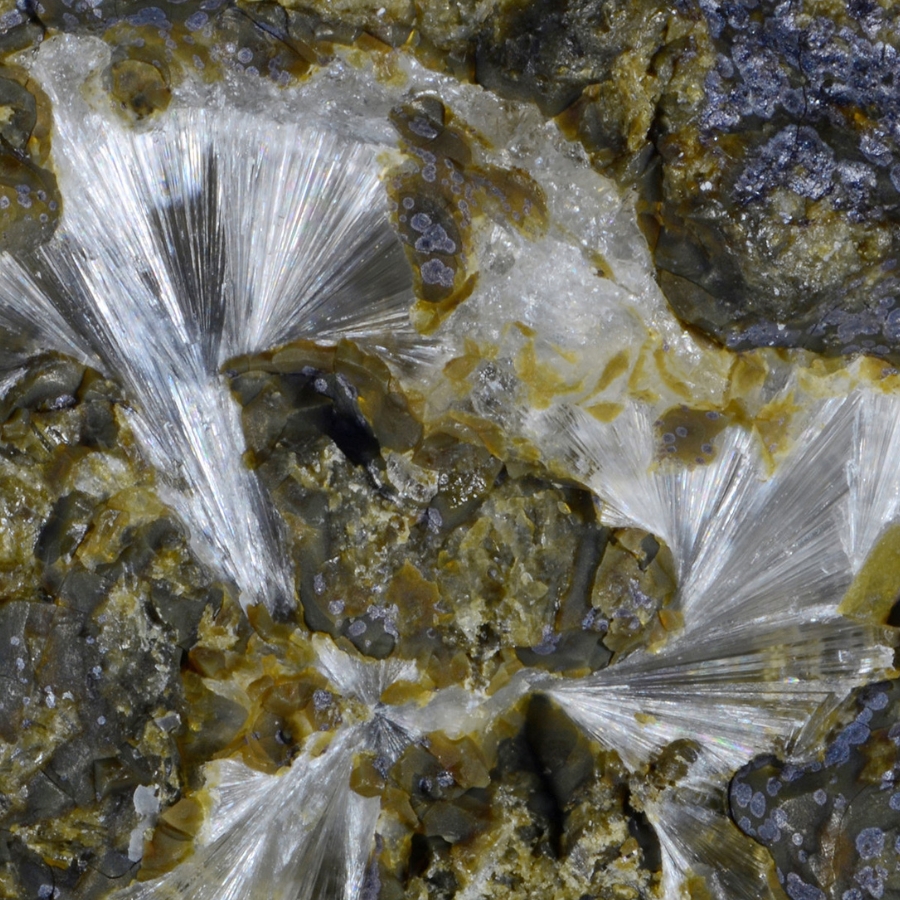
Erionite might not be super famous, but it’s got a hidden danger. It’s generally safe to touch, but if it is disturbed and its tiny fibers get into the air, that’s when it becomes harmful.
It can be really bad for your lungs if you breathe in these fibers, kind of like asbestos. It’s important to be cautious and not mess with erionite if you come across it.
Despite this harm, erionite belongs to the zeolite family of minerals, which are known for their ability to absorb water and other chemicals.

